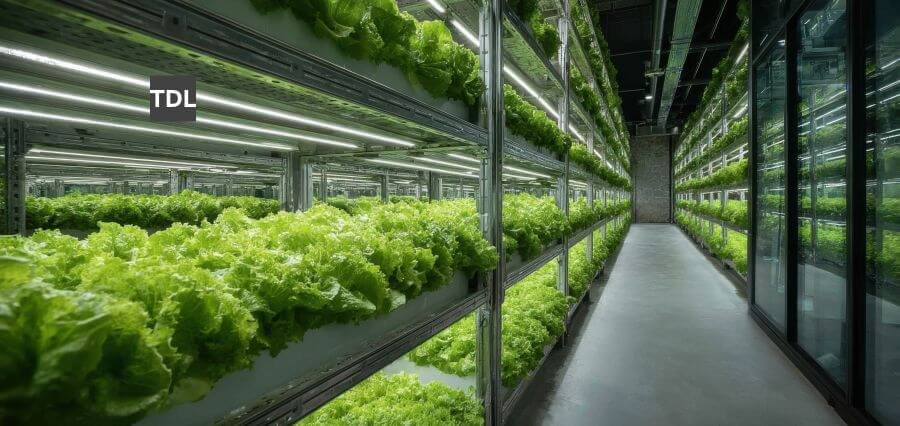The international call to action on social justice, natural resource constraints, and climate change moved sustainability into the mainstream of corporate agendas from the fringe. Industries across industries are thus embracing forward-looking trends in sustainability that not only diminish environmental footprints but also open up new business opportunities and resilience. With conditions of regulation being hardened and consumer demands being hardened, these changes driven by sustainability is redefining competitiveness in the modern economy.
This article outlines how innovative companies are leveraging technology, strategic alliances, and circular principles to build long-term value with reduced environmental footprints.
Circular Economy Business Models and Material Innovation
More and more sectors are moving away from linear “take-make-dispose” to circular economies where products and materials are remanufactured, restored, and recycled to lengthen their life. It minimizes waste, saves resources, and reduces carbon emissions. It is already in progress today in the fashion, automotive, and electronics industries, as businesses are refocusing products to be modular and easily disassemble so that they can be remanufactured and recycled. For example, leading fashion companies are creating textile-to-textile recycling technologies and take-back programs that recycle current clothing back into circulation.
At the same time, there is a tide of refurbishment from electronics producers and promotion of product returns to be resold or for recovering components. Materials innovation comes first. Bio-plastics, cultured leather, and low-carbon concrete are among the materials that are breaking the dependence on scarce resources and shrinking environmental impacts. Hempcrete and cross-laminated timber are environmentally friendly building materials with carbon-sequestering, emissions-cutting alternatives. Automotive producers are even using sustainable composites and recycled aluminum to produce lighter, energy-saving cars. The technologies not only facilitate reaching sustainability targets but also enable differentiation in saturated markets, enabling people to have products that reflect their values and their concern for the environment.
Environmental Efficiency through Digitalization
Information technologies are providing a new era of sustainability by making precise, real-time information accessible to facilitate better decision-making. Sensors, internet-of-things technology, and cloud infrastructure enable businesses to track and conserve energy, water, and emissions on supply chains. Satellite data and artificial intelligence processing for precision agriculture are enhancing greater yields at lower fertilizers and less water use. This confluence of digital technologies minimizes wastage and enhances productivity and demonstrates that profitability and sustainability are not mutually exclusive and can co-exist. It also offers enhanced forecasting, planning, and risk management, whose significance is on the rise in the light of climate variability.
Industrial and logistics-based industries apply digital twins and predictive maintenance technology to enhance efficiency and minimize downtime. The technologies offer virtual models of physical systems, and therefore simulations and scenarios are testable without accessing real resources. In buildings, smart energy systems regulate lighting, heating, and cooling depending on occupancy and weather, saving energy and operating expenses by a substantial percentage. Smart metering and automated systems are becoming ever more common in office buildings to monitor sustainability performance in real time. As information becomes increasingly key to sustainability operations, information integrity and cybersecurity also rising as leading priorities in the provision of stable environmental reporting and regulation standards.
Decentralized System Integration and Renewable Energy
Energy conversion is the most physical and rugged dimension of sustainability development. Firms are embracing renewable energy production in the form of solar, wind, and hydro to drive business and minimize fossil fuel use at a breakneck pace. Several firms have pledged themselves to net-zero by investing in on-site renewable sources, finishing power purchase agreements, or purchasing renewable energy credits. Apart from the reduction of carbon footprints, these efforts guarantee energy security and cost predictability in the long term. For example, technology firms and retail firms are constructing wind farms and solar farms to serve data centers, warehouses, and distribution networks.
Apart from the mass deployment, decentralized energy technologies are also in the works. Distributed energy technologies and microgrids enable companies and communities to generate, store, and distribute their power independently. This vision enables greater resiliency against climate disruption and grid failure, including severe weather and infrastructure failure. Distributed battery energy storage systems and smart grid infrastructure are the enablers of this distributed mechanism, making it possible to make loads more manageable and permitting intermittent renewable sources to be leveraged.
Conclusion
Sustainability has now become an established area of emphasis and innovation-driven strategic base component of business excellence. With greater pressure placed on corporations to be environmentally friendly, emerging technology including the concept of the circular economy, digitalization, and worldwide adaptation of renewable energy is fast becoming the standard. These trends, not to mention righting pressing green imperatives, make corporations more responsive, lower costs, and forge deeper brand connection with increasingly conscience-sensitive consumers. Companies that fail to adapt to these issues of sustainability will be replaced by nimbler competitors who are more attuned to environmental and social concerns. Companies adopting these themes of sustainability will be more likely to succeed in a world of limited resources, climate awareness. Through the incorporation of sustainable approaches into routine business undertakings, companies are capable of creating long-term value and contribute meaningfully into global climate and social objectives.
Read Also: Tharwh Qutaish: A Champion for Water Quality and Environmental Sustainability in West Asia




